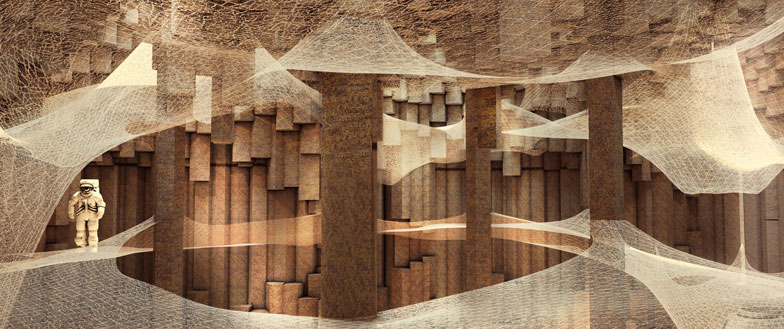Visual documentary, or photographic art? Depends who’s involved, who’s examining the differences, the technique, the conveyance, the candidness of origin. In this saturated realm very few discoveries remain after 200 years of furious snapping. Photographers that can sense redundancy and unoriginal scenarios succumb to hesitation and self-editing. As the symbols of existence on Earth present themselves for 2D capture, the photographer sifts through an invisible angular survey of options and slips into a notion: “It’s a big deal to find cleverly hidden things with a lens.” This is a hunting instinct, and possibly a maladaptive 21st century form of it.
My images leverage several styles: digital and film, hi- and lo-resolution, via Nikon DSLR and duct-taped Holga, Photoshop, a myriad of other editing software and raw, random one-offs straight out of the tablet. Sometimes no amount of refinement can transcend the verity of grainy, un-retouched Polaroid Instamatic splendor. Certain intentions break free on flimsy plastic Lomo arrays, upon the scratched glass of an old Kodak, or in the clouded funk rendered by your grandfather’s creaky rangefinder with the mildewed leather strap.
There’s a bit of drama when the singular moment—standing still—vaults and sheers itself back from the 3D world through our light-capturing technology, stretching the split second between the shutter’s click-out and clack-in. You frame the shot that befits the day, the mood or a lifetime, and leave others to decide if that owlish eye and hair-trigger prevailed.
67 new images of Joshua Tree added: Mojave Desert, Palm Springs, and Los Angeles. Left the Nikon DSLR kit at home and went lightweight with iPad and a tripod mount. The tablet’s 12.2 megapixel camera kept up better than expected. The trade-offs and limitations were understood with a fixed f2.2 aperture, lack of spare lenses and a tiny sensor. The companion article “Spring 2017: Desert Photo” expands on the techniques, software and equipment used to process and finish the “keepers” through iPad’s native image-editing software, iPad apps, and Adobe image-editing software.
Location #1 pertains to remote areas of Joshua Tree National Park and Noah Purifoy’s Joshua Tree Outdoor Museum, a site with multiple junk Dada art installations.
Location #2 sums up Palm Springs through the lens of mid-century modern architect Albert Frey’s perch over the iconic desert playground. The photos become a compendium of flaws in the architecture. To no one’s surprise, even the cracks, weather damage and aging surfaces can develop more beautifully as they meld with their surroundings, inhabitants and 20,000 sunsets from the 1960s to now. It’s preserved, yet never updated. Gaps, time-warped details and distortions test the old structure like a silent tutelage, and render parts of it timeless.
Location #3 stretches to Los Angeles with a side focus on DTLA, art museums, and the LA Art Book Fair at Geffen Contemporary in Little Tokyo. In the Mid-Wilshire LACMA backyard, there is an unlikely rendezvous of Pleistocene tar pits and “Levitated Mass.” No one can smell a beach in DTLA, there is a vibe in the night, the constancy of movement, and the gathering of a global talent pool. It’s natural to draw on that atmosphere, attempt to identify with the hidden subtext of a city, then point to something that says “this is the emblem of L.A.”
TECHNICAL NOTE about GALLERY IMAGE RESOLUTION: The images above are a subset—resized, highly compressed versions optimized for the web and DEM411. The end result is a file size that’s a mere 7% of the original, with the added compromise between quality and download speed. On the web, notice how the color and saturation shifts slightly, and vague pixelations are introduced. The originals contrast with their expansiveness as finely-detailed RAW/JPEGs that push 5MB+. This is essential for high-quality printing and blowups, digital backgrounds or wallpaper. A certain clarity and smoothness is evident when the maximum data is retained. Anyone interested in obtaining complete image files may contact me directly.
